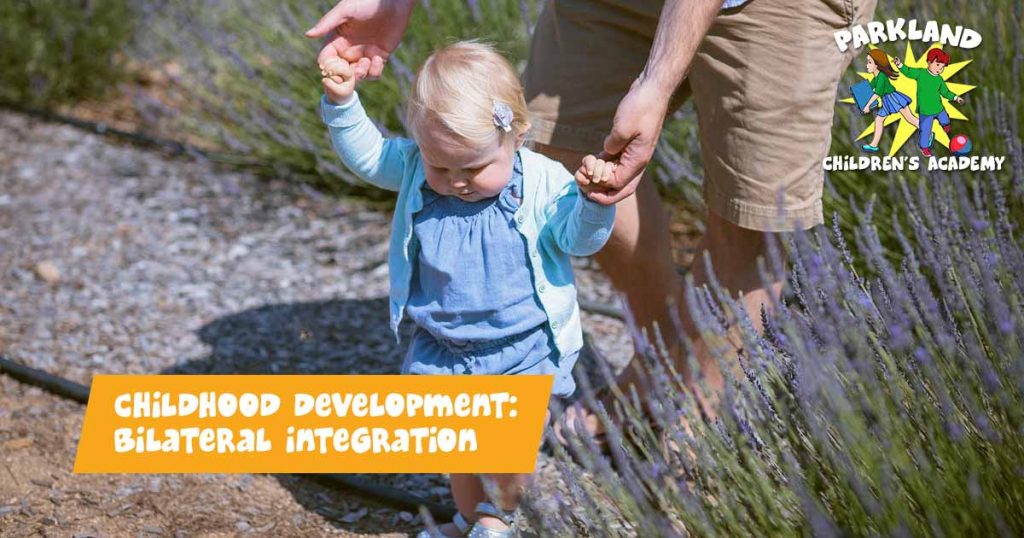
Bilateral integration is very important in your children’s development. It can help them later in life with their fine and gross motor skills. If they have difficulty with certain tasks, it may be best to consult your family doctor and make a plan for a way forward.
What is Bilateral Integration?
Most people do not know what Bilateral integration is, it is the ability of an individual to use both sides of their body in a coordinated way. This is needed for basic tasks such as walking and seeing.
Why is it Important?
Bilateral integration is important for children because when it’s used, not just one side of the brain is being employed, both sides are. This impacts on a child’s ability to read, understand stories and express themselves. A toddler will reach across their body to grab an item but a baby will pass things from one hand to the other, the former is known as crossing the midline.
Basic Bilateral Movements
Bilateral integration, also known as bilateral coordination, can be broken down into 3 basic movements.
Symmetrical Movements
Each arm or leg are doing the same movement, at the same time with the same force. An example is skipping.
Reciprocal Movements
One arm or leg does a specific movement and then the other limb does the exact same movement a few moments later. An example would be climbing a ladder.
Leading Hand and Supporting Hand Movements
One hand will often do most of the work while the other hand will support it. An example is stringing beads.
Understanding these movements will help you identify if your child is struggling. A great place to monitor these movements would be in the playground, you can see if your child is struggling with symmetrical movements on the see saw, they can do the reciprocal movements on the monkey bars or climbing up a ladder in the jungle gym.
Practice Bilateral Integration Movements
If you would like to challenge your child in this task, here are a few bilateral integration exercises for them, it can help them practice and more specifically you can see if they are struggling.
- Catching a ball with two hands, throwing with both or one hand.
- Riding a bike, even with training wheels!
- Jumping jacks
With these exercises you can partake too, this also allows for some quality time being spent with your child.
How to Tell if Your Child is Struggling.
You may notice your child is struggling with bilateral integration if they only use one hand with tasks and leave one hand to the side or if they are struggling with tasks that use both hands. Some tasks that this can be noticed in is, tying their shoelaces, riding a bike and cutting with scissors to name a few. If you notice this it may be best to go and speak with an occupational therapist so that they can confirm or deny that this is the problem, no matter the answer they will be the best people to make a treatment plan.
Enrolling your child in a curriculum-based preschool can help to develop your toddlers’ bilateral skills and help provide them with a well-rounded education!
